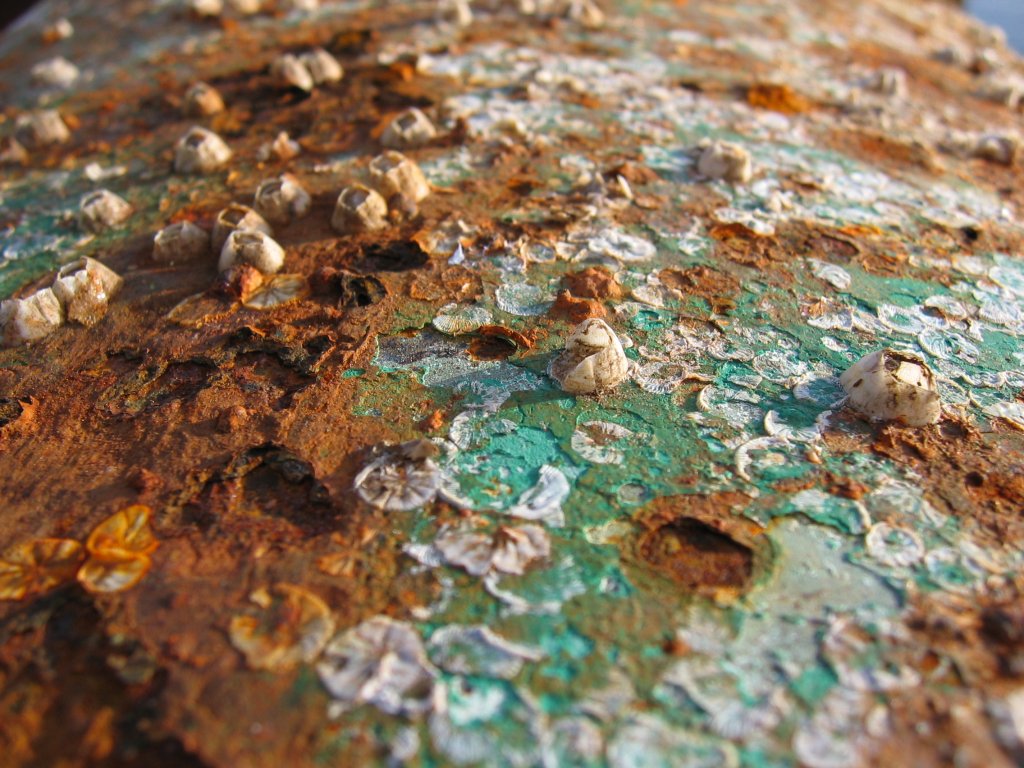Team:Groningen/Ethics
From 2010.igem.org
Ethics
The iGEM competition or synthetic biology in general is a very exciting and promising field of science and its application appears to be very wide spread, especially since the renowned scientist Craig Venter succeeded to produce a cell which contained DNA which was fully synthesized from [http://www.youtube.com/watch?v=QHIocNOHd7A scratch]. This event has certainly awoken the attention of the non-scientific population on a world wide scale and put synthetic biology in the spotlights. Besides its promising features also the downsides have become subject of [http://weblogs.vpro.nl/labyrint/2010/04/21/dna-hackers/ discussion]. Will it only be used for good? Is it right for us to take life itself in our own hands and start editing or even create bacterial cells to do our bidding? Sometimes it appears scientists – or especially students who are to become future's scientists – lose track of the issues synthetic biology might bring up and become too centered on scientific progress to actually take a step back and consider the ethics on this subject.
When it comes to general ethics we would like to refer to the 2009 iGEM team of the University of Groningen since they have made a good overview of this. Still, considering our project more must be said in light of ethics.
Hydrophobethical?!
Is our hydrophobofilm ethically sound? Will our biological coating be a threat to the environment or ecosystem it is introduced to? These are very important questions to take into consideration. Our project involves thorough genetic engineering, which is generally met with skepticism and caution. Genetically engineering organisms is allowed in a lab, but outside the lab, GMOs are mostly outlawed. This poses a problem to our project since the main applications would be outside the walls of universities.
Our vision is to produce an environmentally friendly, durable, biological coating and a very important aspect to it should be safety, which could be compromised when our coating is introduced into the environment. So we thought of a way to genetically limit our biofilm by introducing an automated kill switch. Our hydrophobofilm would be applied in a secure location and would kill off itself upon completion leaving a rigid, extremely hydrophobic coating which can be taken from the secure location. However, our kill switch would only kill our bacteria, it would not disintegrate the DNA they contain. So safety measures regarding horizontal gene transfer should be taken.
Why should we?
Even if our project would not be applicable in practice within the near future, we highly support finding biological solutions to modern issues as opposed to – for example – chemical solutions and we believe synthetic biology could contribute to this. We – as young scientists – think this is our moral responsibility.
Take anti-fouling coatings for example. These coatings are essential for the maintenance of nautical vessels, which are otherwise plagued by bio-fouling, leading to corrosion and other decline. But the anti-fouling coatings which are widely used are heavily toxic. We understand the need for anti-fouling coatings but we think we need to look to nature for our human problems. Nature often provided perfect solutions. Sometimes endlessly more efficient and – more importantly – sustainable than we could ever achieve. Synthetic biology can be a very good tool in this.
 "
"
